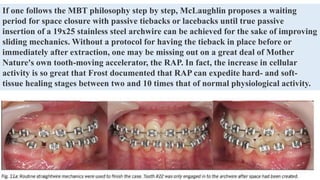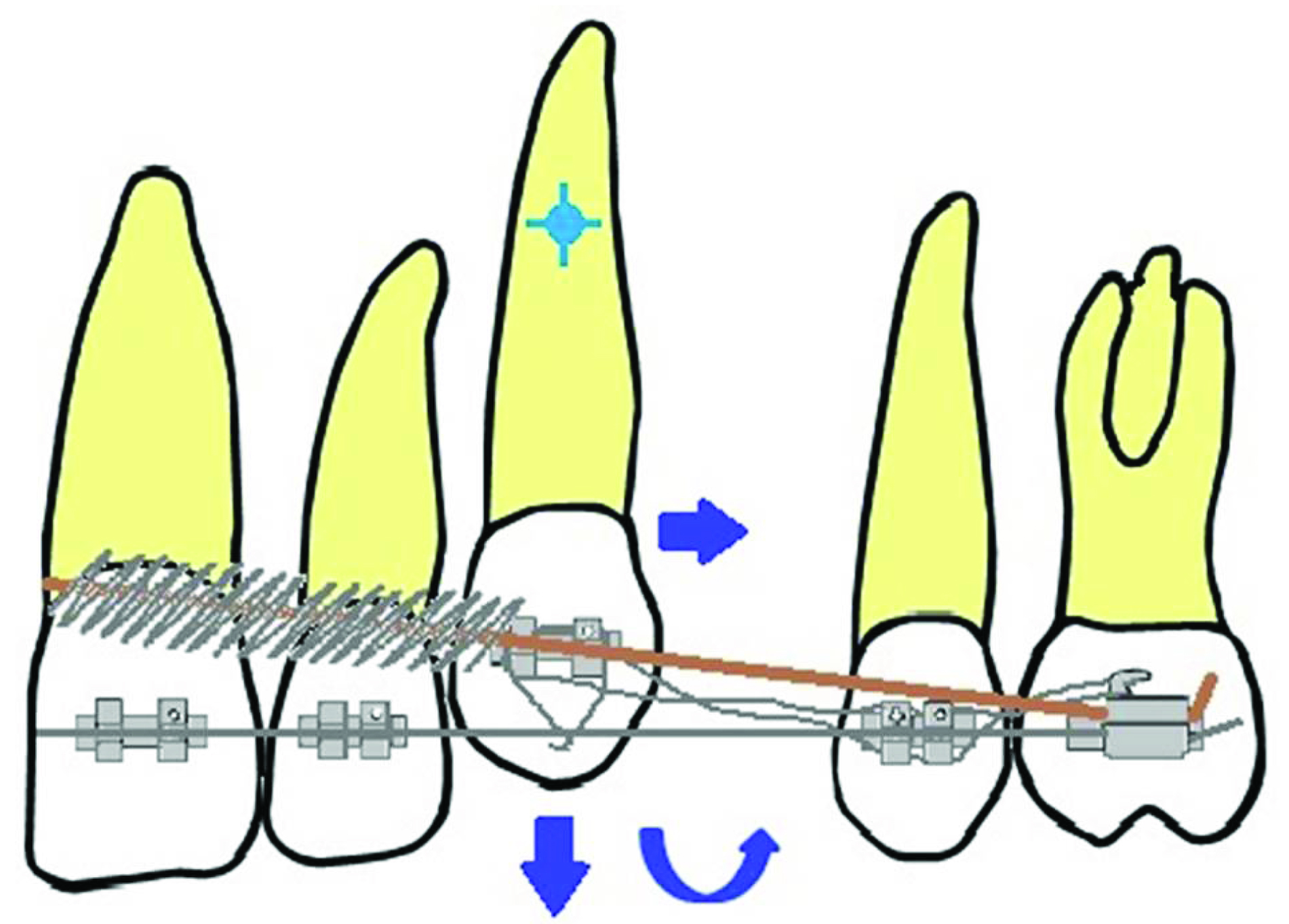Ligation ties in orthodontics

During fixed orthodontic treatment, ligation method refers to the means by which an archwire is held inside the bracket. It can also be used to move the tooth in a particular direction depending on the type of ligature used and its method of ligation. Ligation can be done using stainless steel ligatures or elastomeric modules, or more recently, ligation methods have been designed and built directly into the bracket. Metal or elastic ligatures are used for this purpose, and the way they are tied affects tooth movement. Because of their design, twin brackets can be tied in a large variety of ways. Knowing how to use all the bracket's resources makes for better and faster treatment results. Elastic ligature may be a substitute for the wire ligatures in most situations. In various treatment mechanics, ligation ties are modified to accomplish variable tooth movement or to maintain arch form integrity during finishing of an orthodontic case. This article will highlight different ligation methods used in different bracket systems and their indications as well.
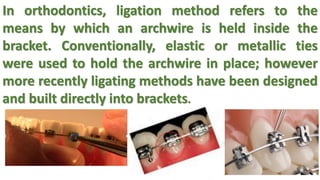
Methods of ligation

Wholesael Orthodontic Teeth Braces Colorful Ligature Tie 1040 O Rings 40PCS/Pck Brackets Ligation - China Orthodontic Elasitc, Ligature Tie

Archives International Journal of Orthodontic Rehabilitation

Differences Between Active and Passive Self-Ligating Brackets For Orthodontic Treatment, PDF, Randomized Controlled Trial

teeth gems💎 Teeth jewelry, Diamond teeth, Tooth gem

PDF) Measurements of the torque moment in various archwire-bracket-ligation combinations

What kind of bite do you have? Dental facts, Dental fun, Dentistry
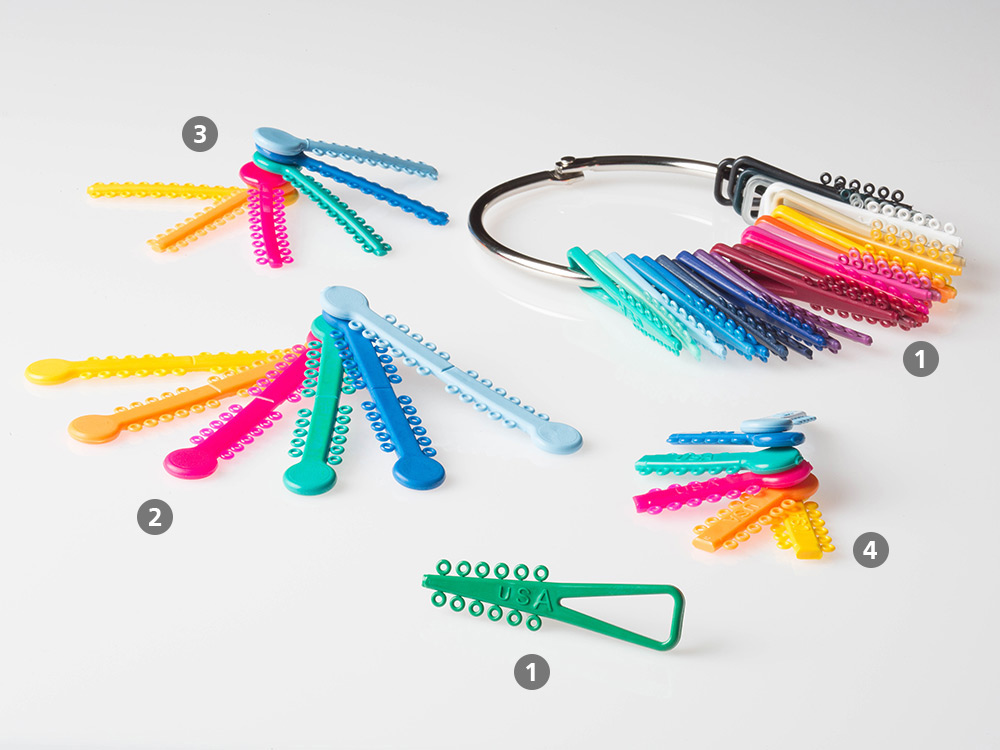
G&H Orthodontics

Best Elastic Ligature Royalty-Free Images, Stock Photos & Pictures

Various Types of Ligation Ties in Orthodontics: Article, PDF, Orthodontics
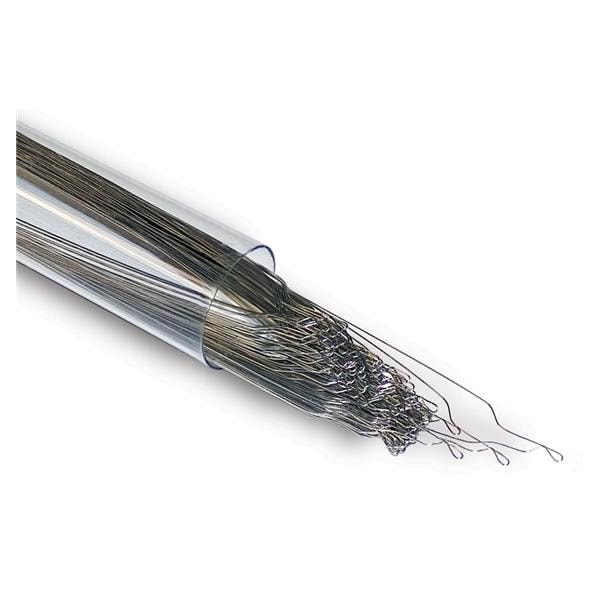
TruForce 905-103 Orthodontic Ligature Ties - Henry Schein Dental
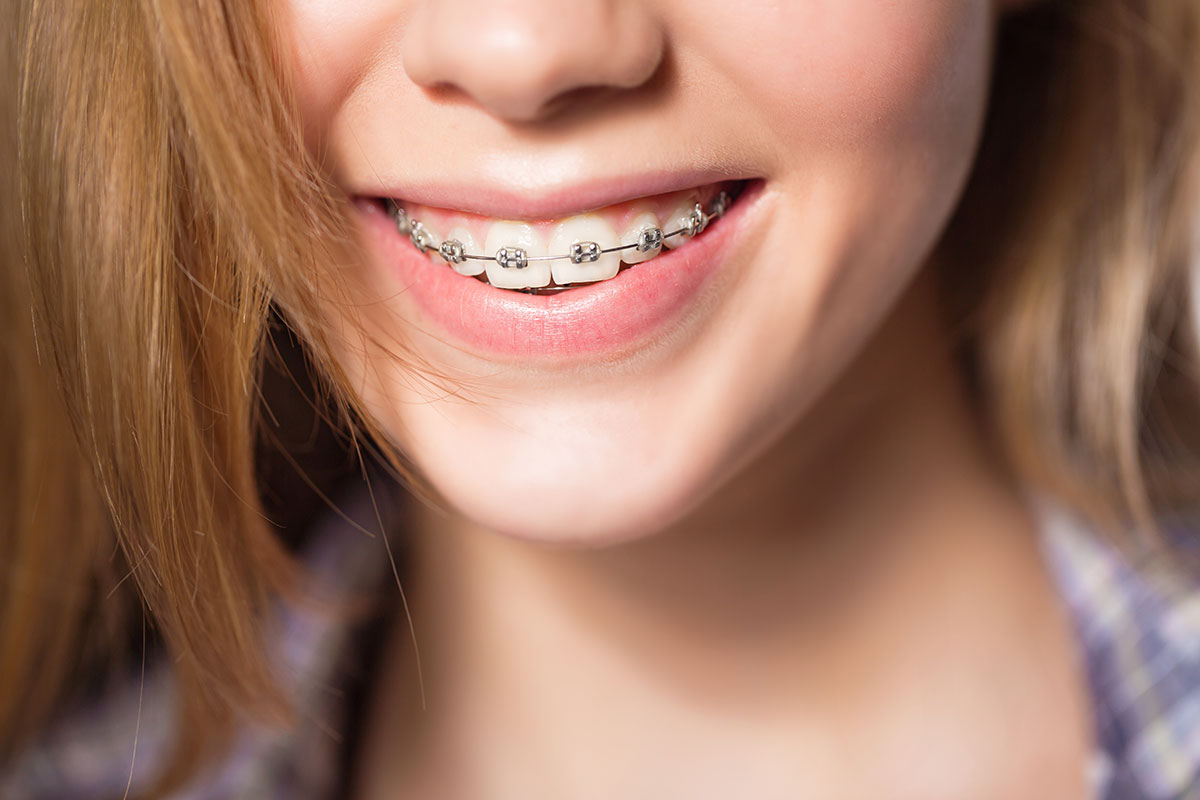
Parts of Braces - Cream Ridge Orthodontics
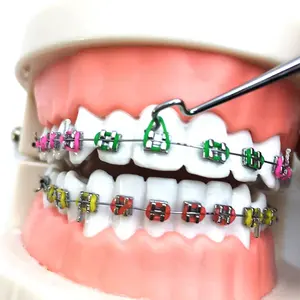
ligature ties tool

PDF) Original Article Analysis of resistance to sliding expressed during first order correction with conventional and self-ligating brackets: an in-vitro study





